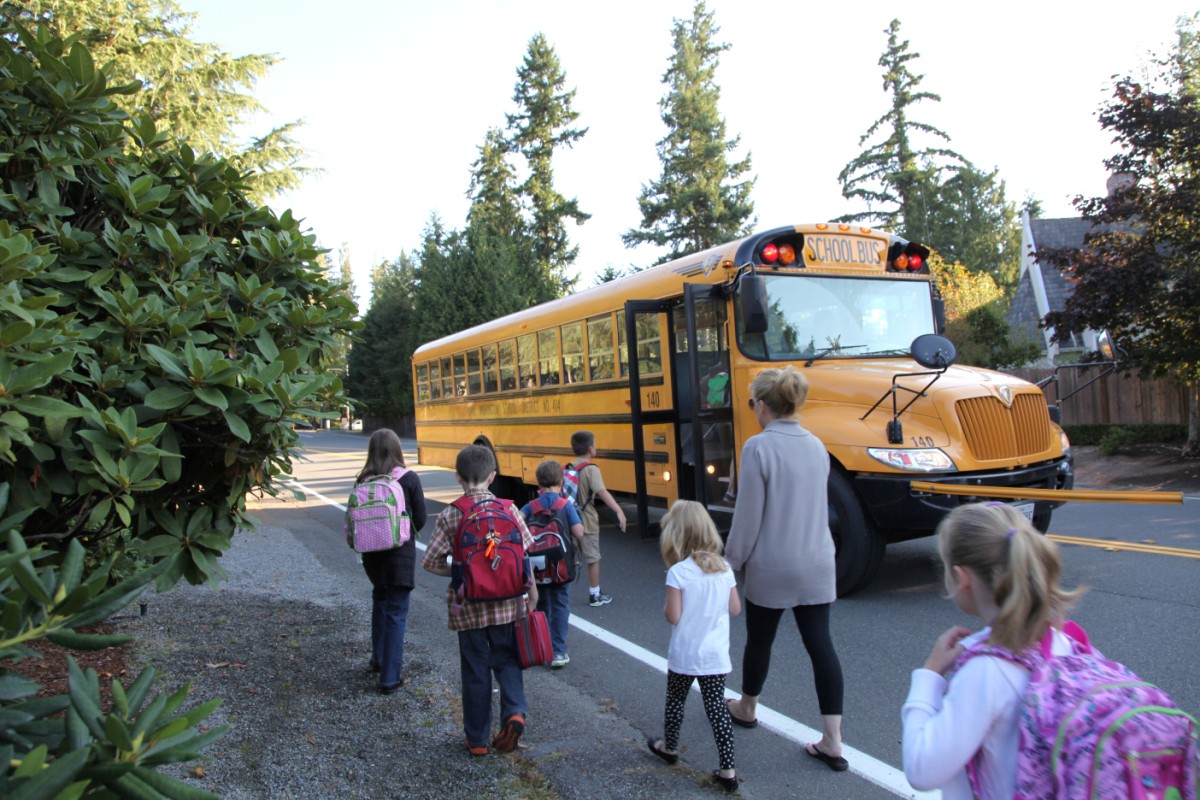
It’s that time of year again — time to get the kids back to school.
Often, summer and school-year routines are so different that the back-to-school transition can be a difficult one, causing disruption and stress on both parents and child.
But that does not have to be the case. There are several ways to make the transition easier, and it begins not only with understanding our children’s needs, but also our own as parents.
Change is difficult for everyone. Some parents enjoy sending the kids back to school, and some face sadness at missing the kids being around all day.
For children, as well, there may be mixed feelings of excitement at seeing friends and experiencing new things, or alternately, feelings of extreme anxiety and fear of once again leaving the security of the home environment.
Every child, and every parent, is different, but there are several ways to make the transition easier for everyone involved.
Kids’ Health reported:
As with any new or potentially unsettling situation — like starting school for the first time or entering a new grade or new school — allow kids time to adjust. Remind them that everyone feels a little nervous about the first day of school and that it will all become an everyday routine in no time.
Emphasize the positive things about going back to school, such as hanging out with old friends, meeting new classmates, buying cool school supplies, getting involved in sports and other activities, and showing off the new duds (or snazzy accessories if your child has to wear a uniform).
It’s also important to talk to kids about what worries them and offer reassurance: Are they afraid they won’t make new friends or get along with their teachers? Is the thought of schoolwork stressing them out? Are they worried about the bully from last year?
As with everything in the parenting journey, routine and support are vital for the entire family.
Parents must be ready and willing to listen to their children’s feelings, and preparing in advance can help alleviate any potential stress during the back-to-school transition.
Kids’ Health offers some great tips for back-to-school time, and working to reintegrate into the school year routine should begin several weeks before the big day.
- Get enough sleep(establish a reasonable bedtime so that they’ll be well-rested and ready to learn in the morning)
- Eat a healthy breakfast(they’re more alert and do better in school if they eat a good breakfast every day)
- Write down the need-to-know info to help them remember details such as their locker combination, what time classes and lunch start and end, their homeroom and classroom numbers, teachers’ and/or bus drivers’ names, etc.
- Use a wall calendar or personal planner to record when assignments are due, tests will be given, extracurricular practices and rehearsals will be held, etc.
- Have them organize and set out what they need the night before (homework and books should be put in their backpacks by the door and clothes should be laid out in their bedrooms).
There are, however, circumstances which may increase anxiety in children returning to school. Are they beginning a new school due to a move, or transitioning from elementary to middle, or high school?
Because children thrive on routine, the unknown can be traumatic.
Parents must be vigilant in watching for signs of struggle or anxiety that is more than the usual butterflies.
When starting at a new school, it is a good idea to take a tour and meet the staff sometime during the summer to acclimate the child to a new environment.
Introducing your kids to an older neighborhood child who can be their “buddy” the first week or two of school may also bring a sense of security.
And, in fact, because the transition can be just as difficult for parents, having a late-summer neighborhood gathering for parents and children to discuss their feelings on the upcoming school year builds a sense of community and support.
Remember that every child adjusts in their own way to change, some more quickly than others.
The Washington Post reported:
How well your children transition is not necessarily a reflection of what you do as a parent. Some children, like some adults, are simply more sensitive to change.
Parents: Be sure to get your house in order, both physically and mentally. A little night-before list: Have the lunches packed, have the breakfast table set and ready, have your own clothes ready to wear for the morning and, as always, have the coffeemaker ready. The 10 minutes spent at night can give enough time to greet your children tenderly in the morning, rather than with commands and demands barked in frustration.
Have faith, keep going and remember: soft heart, strong boundaries.
Staying positive and creating an air of excitement for your children returning to school can be a great boost to their confidence.
Making the transition a special time can give children the sense that going back is something to look forward to, not dread.
Invite friends to a back-to-school celebration where children can decorate notebooks, pick out outfits for the first day of school, or make scrapbooks in which to put the memories of the upcoming year.
Invite other parents to tell their children of their own anxieties about going back to school when they were children, and tell funny stories of your own school adventures.
With a strong and consistent routine, and by bringing an air of excitement to the return to school, the entire family will adjust quickly and with minimal stress.
